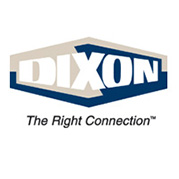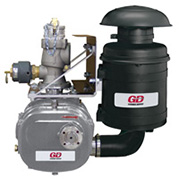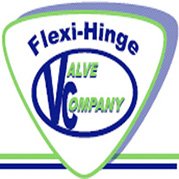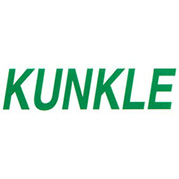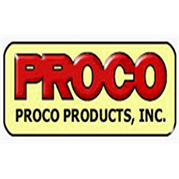How Pneumatic Blowing Systems Work for You
When looking to transport dry bulk materials, there are many benefits to using a pneumatic blower as opposed to a mechanical system. Truck blowers use pressure systems to load and unload dry bulk materials from tanks. Pneumatic blowing systems are very efficient in moving powders, granules and other dry materials. The most common examples are cement blowers and sand blowers. However, these systems also frequently transport plastic pellets and flour in bulk as well. Dry materials work the best for this kind of pressure system. Pneumatic systems use a combination of pressure and air to move materials through a line or pipe, from one area to another. The entire system typically involves a source blower, a tube to transport the materials, and a collection vessel. Where the pneumatic blowing source is located in the system determines whether it moves the material by blowing it forward, or creating a vacuum that sucks it through the pipeline. When located at the system’s start, the air mover pushes air through the system, and the system operates under pressure by blowing it forward. When located at the system’s end, the air blower pulls air through the system, and the system runs under vacuum, pulling the materials in reverse. By controlling the blowing pressure or vacuum and inside the lines, the system successfully and efficiently transfers materials. Mechanical moving systems run in a straight line, with very few directional changes. Typically each direction would require its own motor and drive to operate it. Mechanical transport systems may be open rather than enclosed, potentially creating dust. It has a relatively large number of moving parts, which require maintenance now and then to keep operating. The system also tends to take up more space in a given area. On the other hand, a pneumatic blowing system uses a simple, small-diameter pipeline to transfer materials from one location to another. The pipeline can be arranged with bends and curves to fit around existing equipment. This gives the system more layout flexibility, and the system takes up a relatively small area compared to a larger, mechanical belt. The system is completely enclosed and typically has few moving parts. This also means less escape for materials to be lost by the wind or the kick-up of moving parts. Helical screw blowers, such as Garden Denver CycloBlowers provide maximum output to weight ratio. They run much smoother, with a relatively quiet operation. The lower discharge temperature extends the life of the blower and the entire system. No lubrication in the compression chamber assures oil-free air is moving the materials, which guarantees no contamination of products. This is especially crucial for the transport of food or consumables. Lower engine speeds for the pneumatic system also mean less fuel consumption and maintenance cost overall. If there are fewer parts to maintain, this means less room for operational error. Benefits of Pneumatic System Blowing
Pneumatic Systems Top Mechanical Systems
Pneumatic Blowers Benefit Your Business
Pneumatic systems are by far the most compact and efficient way to transport dry, bulk goods. They are cost and speed efficient and can profit your business in many ways. They take up less room and provide optimal work output. If you are looking for an effective sand blower or cement blower, pneumatic systems are the transport systems with the most benefits.
Blog Tools
- Recent Posts
-
Archives
- January 2019
- May 2017
- March 2017
- February 2017
- January 2017
- June 2016
- January 2016
- April 2016
- July 2016
- December 2016
- March 2016
- August 2015
- April 2015
- January 2015
- February 2015
- March 2015
- July 2015
- September 2015
- October 2015
- November 2015
- May 2015
- December 2014
- November 2014
- October 2014
- September 2014
- August 2014
- July 2014
- June 2014
- May 2014
- April 2014
- May 2013
-
Resources Elmo Rietschle
Elmo Rietschle - Gardner Denver vacuum pumps, side channel blowers, radial fans, rotary vane pumps, screw vacuum pumps, & liquid ring pumps.
Gardner Denver Industries
Gardner Denver Corporate website depicting industries served & brands offered.
Gardner Denver Products.com
Gardner Denver provides the highest quality and most reliable positive displacement blowers, exhausters and vacuum pumps
GD Compressors
Gardner Denver Compressor Products.
Outerbox Design
OuterBox offers Professional Web Design Services and specializes in eCommerce Website Design and Development.
Support
Search Engines



